December 3, 2017 at 1:06 pm
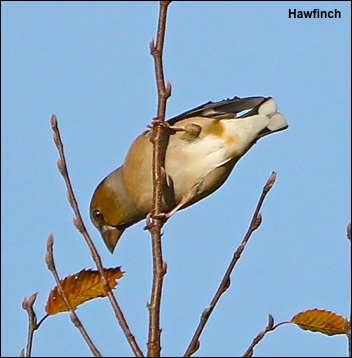
For the first time in at least the last fifty years there has been a massive migration of Hawfinches into the UK. Unfortunately for people in Manchester most of these Hawfinches have flown over and not landed! The main reason for this is that we have very few of their favourite Hornbeam trees in Manchester.
To have any chance of any photos I have been to a large estate in east Yorkshire where Hornbeams were in abundance. Even so I only obtained a couple of shots of a female in the top of the Hornbeam as shown in this weeks blog. I spent lots of time un?er a camouflage cloth looking at Hornbeam leaves on the ground waiting for Hawfinches to drop down to feed. It never happened but a raging blizzard did descend. As I looked through the lens I spotted something red in the snow that turned out to be a Red Campion in flower! See photo in gallery which must be more unique than one of a Hawfinch!! On the way home I was treated to a spectacular sunset.click here
November 26, 2017 at 8:08 pm
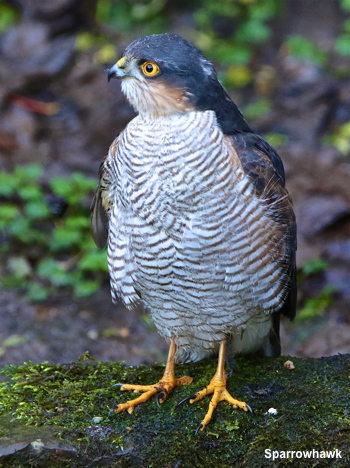
Usually when a Sparrowhawk appears in the garden it is a quick fly-through that scatters all the feeding birds. The young male in this week’s photo did just that but then stood around in several places for more than ninety minutes. He was, of course, waiting for birds to return to the garden feeders but none appeared as they could all see him. Our bedroom window was slowly opened to accommodate my big lens and then I was given plenty of time to choose my shots. Those in the gallery clearly show the brown juvenile feathers that contrast to the blue adult plumage. The orange feathers around his breast are also beginning to show.Click here
During the week the first Woodcock have arrived on Hopwood and my local Snipe record has now increased to an incredible ninety one. Unfortunately high water levels everywhere have resulted in some Jack Snipe moving on so my hopes for better flight shots have had a setback!
November 19, 2017 at 7:14 pm
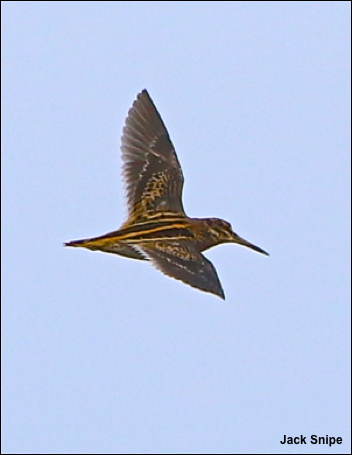
There are now so many people taking digital photos of birds that whatever photo you take someone somewhere has got a better photo. You have now got to create your own challenge and keep at it until you have a decent shot. To find a Jack Snipe is never easy but to photograph one in flight – impossible? Well, as far as I know no one has achieved it so I have been working on this challenge and finally this weeks image is a starting point. It is still very much a work in progress.
During the week Lapwings have increased in number on the local Industrial estate and have now peaked at two hundred and thirty. Some of these feature in this weeks gallery. Click here
November 12, 2017 at 5:18 pm
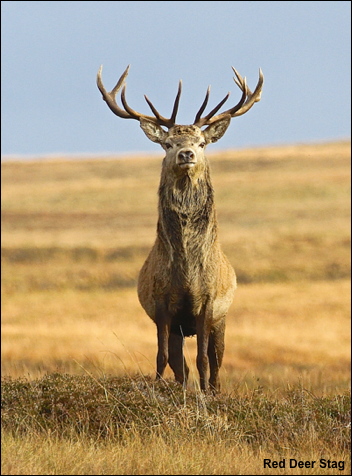
The Red Deer stag in this week’s blog stands proud in the Islay landscape. He has had a hectic time during the last few weeks and he can now rest, until next season that is. The fact he came to look at me may also mean that he now knows the season for shooting Red Deer stags finished on the 1st November!
This weeks gallery includes more of my recent photos from Islay. Geese always feature heavily on an October visit and the drama of ruined crofts adds to the scene. Judging by the number of young Whooper Swans arriving with their parents from Iceland they have had an exceptional breeding season this year. A Grey Seal pup and a Dolphin that looks like its applauding just add to the Islay wildlife scene but a hunting female Hen Harrier always takes some beating click here
November 5, 2017 at 6:48 pm

If you see any photo of a hunting Hen Harrier with Jura in the background you are bound to be on Islay.
We have just come back from our Autumn week on Islay which has been surprisingly mild but with a distinct lack of any sun. Unlike back home Islay has had a bumper crop of Hawthorne berries this year and it was good to see thousands of Icelandic Redwings devouring them with good numbers of Fieldfares – my first this winter! Whilst waiting for the thrushes both Robin and Wren posed on a fencepost by the car.
I will include some photos of the Geese and Swans next week.Click here
October 29, 2017 at 8:37 pm
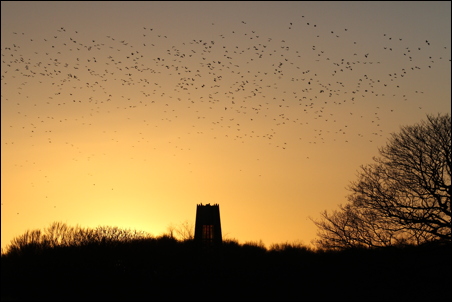 .The spire of Hopwood Hall college is a well known site in north Manchester. The woodlands around the hall are good places for birds but what is not generally known is that the bird-watching gets even better as the sun sets.From miles around corvids (Jackdaws, Carrion Crows, Rooks and Magpies) fly in to roost in the trees around the college spire. At peak times over winter up to a thousand are present and it represents quite a spectacle in the north Manchester urban environment. Click here
.The spire of Hopwood Hall college is a well known site in north Manchester. The woodlands around the hall are good places for birds but what is not generally known is that the bird-watching gets even better as the sun sets.From miles around corvids (Jackdaws, Carrion Crows, Rooks and Magpies) fly in to roost in the trees around the college spire. At peak times over winter up to a thousand are present and it represents quite a spectacle in the north Manchester urban environment. Click here
During the week four Grey Wagtails together on the canal was an unusually high number and may have been a family party on the move. It looks like we are going to have another Autumn with no Fieldfares with us before the first of November.







 .The spire of Hopwood Hall college is a well known site in north Manchester. The woodlands around the hall are good places for birds but what is not generally known is that the bird-watching gets even better as the sun sets.From miles around corvids (Jackdaws, Carrion Crows, Rooks and Magpies) fly in to roost in the trees around the college spire. At peak times over winter up to a thousand are present and it represents quite a spectacle in the north Manchester urban environment.
.The spire of Hopwood Hall college is a well known site in north Manchester. The woodlands around the hall are good places for birds but what is not generally known is that the bird-watching gets even better as the sun sets.From miles around corvids (Jackdaws, Carrion Crows, Rooks and Magpies) fly in to roost in the trees around the college spire. At peak times over winter up to a thousand are present and it represents quite a spectacle in the north Manchester urban environment.